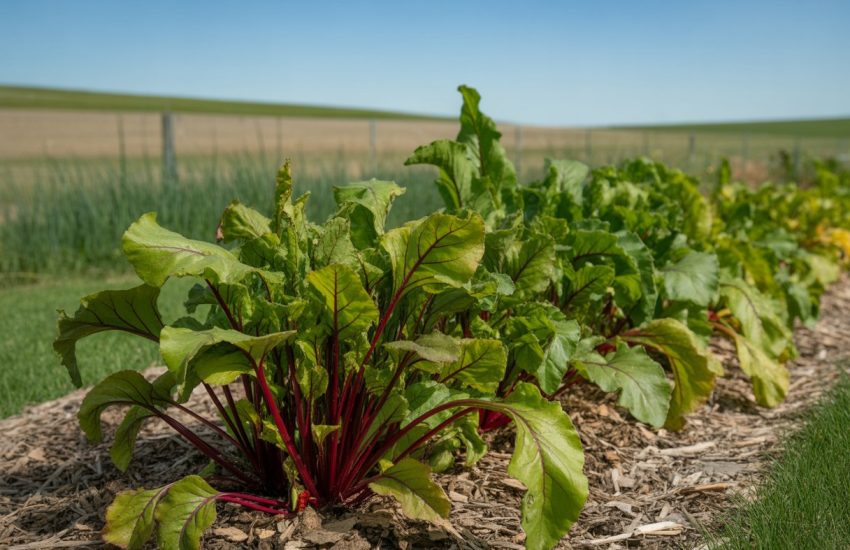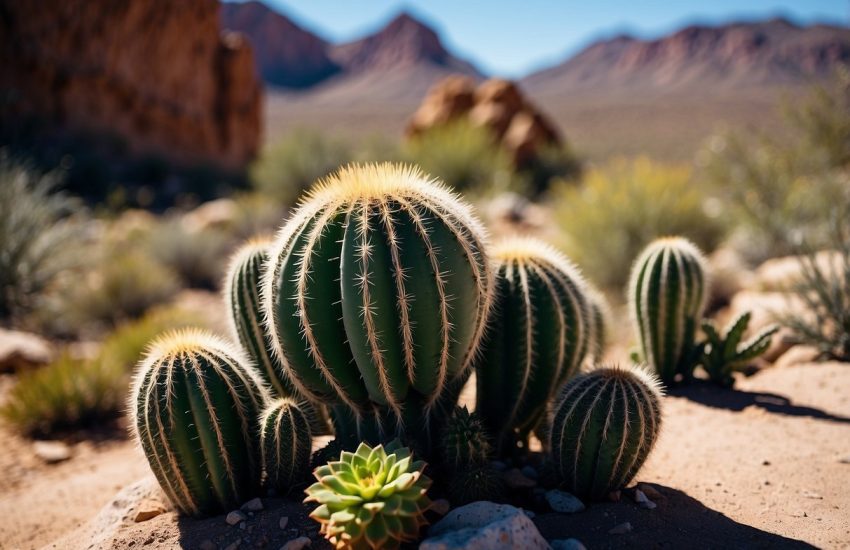What Climate Zone is Tennessee: Understanding the State’s Weather Patterns
Tennessee is a state located in the southeastern region of the United States. It is known for its diverse geography, ranging from the Appalachian Mountains to the Mississippi River. However, when it comes to climate, many people may wonder what climate zone Tennessee falls under.

Tennessee mainly falls under the humid subtropical climate zone, which is characterized by hot and humid summers and mild winters. However, due to its diverse geography, the climate can vary depending on the location within the state. For example, the eastern part of the state is more mountainous and experiences cooler temperatures than the western part of the state.
Understanding the climate zones in Tennessee is important for a variety of reasons, such as agriculture, tourism, and urban planning. By knowing the climate patterns, farmers can determine which crops will thrive in certain areas, tourists can plan their trips accordingly, and city planners can design buildings and infrastructure that are suitable for the climate.
Climate Characteristics of Tennessee
Tennessee is located in the southeastern region of the United States and has a diverse climate due to its location and topography. The state is divided into three climate divisions: West Tennessee, Cumberland Plateau, and East Tennessee. The majority of the state has a humid subtropical climate, while the higher elevations of the Cumberland Plateau have a moderate climate.
Temperature and Precipitation Patterns
Tennessee experiences hot and humid summers with mild winters. The state has an average annual temperature of 56°F (13°C). The average high temperature in the summer is around 90°F (32°C), while the average low temperature in the winter is around 30°F (-1°C). The state receives an average of 54 inches (137 cm) of precipitation per year, with the majority falling during the months of May through September.
Seasonal Climate Variations
Tennessee experiences distinct seasonal variations in its climate. Summers are hot and humid, with high temperatures and occasional thunderstorms. Fall is characterized by mild temperatures and colorful foliage. Winters are mild with occasional snowfall, while spring is known for its blooming flowers and warmer temperatures.
Regional Climate Differences
Tennessee’s climate varies by region. West Tennessee has hot summers and mild winters, with high humidity levels throughout the year. The Cumberland Plateau region has a moderate climate with cooler temperatures and lower humidity levels. East Tennessee has hot summers and milder winters than West Tennessee, with higher humidity levels in the summer months.
Overall, Tennessee’s climate is unique due to its location and topography. The state experiences a range of temperatures and precipitation patterns throughout the year, making it a great destination for outdoor enthusiasts.
Environmental Impacts and Biodiversity

Flora and Fauna
Tennessee’s climate zone has a significant impact on the state’s flora and fauna. The state’s location in the southeastern United States, near the Gulf of Mexico and the Great Smoky Mountains, creates a diverse range of ecosystems and microclimates. The state’s latitude and elevation also contribute to its unique environment.
Tennessee is home to a variety of plant and animal life, including mammals such as deer and rodents, amphibians and reptiles, and a wide range of birds. Wetlands are also abundant in Tennessee, providing a vital habitat for many species of plants and animals.
The impact of climate zones on plant and animal life in Tennessee is significant. The state’s growing season is typically from April to October, with higher elevations experiencing a shorter growing season. Winter months can be harsh, with average snowfall of around 5 inches. However, even in the winter, there are opportunities for outdoor activities, such as hiking and wildlife watching.
Agriculture and Gardening
Tennessee’s climate zone provides opportunities for both gardeners and farmers. The state is divided into several plant hardiness zones, which indicate the types of plants that can thrive in a given area. The state’s climate is suitable for a wide range of crops, including corn, soybeans, and tobacco.
Gardeners in Tennessee can take advantage of the state’s long growing season to cultivate a variety of plants, including vegetables, fruits, and flowers. However, they must also be aware of the impact of climate zones on their gardens. The state’s climate can vary significantly from one region to another, so gardeners should pay attention to local weather and microclimates.
Overall, Tennessee’s climate zone has a significant impact on the state’s environment, plant and animal life, and opportunities for agriculture and gardening. Residents and visitors alike can enjoy the state’s natural beauty and diverse ecosystems throughout the year.


